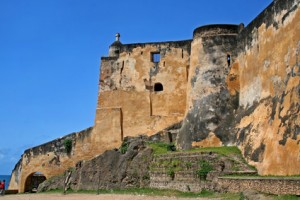A Brief History of Mombasa (and Why That Makes Your Trip Better)
Traveling to any foreign destination you’ve never been to before, whether it is for personal or business reasons, it’s a good idea to have at least a basic understanding of the history of that destination. When heading to Mombasa, Kenya, for example, the more you know about its history the more you can take advantage of some of the amazing opportunities to see that history up close.
Here is a brief history of Mombasa that can open up pathways you might not have even considered looking for.
Vasco De Gama first landed in the area known as Mombasa in 1498. His goal at the time was to expose the indigenous people there to Christian faith and expand Portugal’s trade routes. The natives here did not agree to this and fought back all of Portugal’s attempts until the later part of the 16th century when the Portuguese government became friendlier with Mombasa king.
As Portugal ruled over Kenya for more than 200 years, Mombasa became its most important port. It actually became the most important African port and it wasn’t until 1963 in Kenya was finally able to declare its independence and become a sovereign nation. Throughout its history, there have been many different influences from Christianity, Islam, Indian, and much more.
Within the architecture there is a distinct European influence, especially when you travel inland, closer to the interior portion of Kenya. Today, a large number of Kenyan tribes are represented along the coastline. The Swahili are a people whose origins stem from Africa, Arab sailors, and other travelers who found this place to be an incredible destination.
Overall, Mombasa and all of Kenya is a cultural wonderland. When you begin walking around Old Town, when you visit Fort Jesus, and if you take some time to interact with the locals you will discover the amazing history that makes up this unique city that is also a tropical paradise.



 KES 14,350 PPS
KES 14,350 PPS

 KES 12,600 PPS
KES 12,600 PPS 



